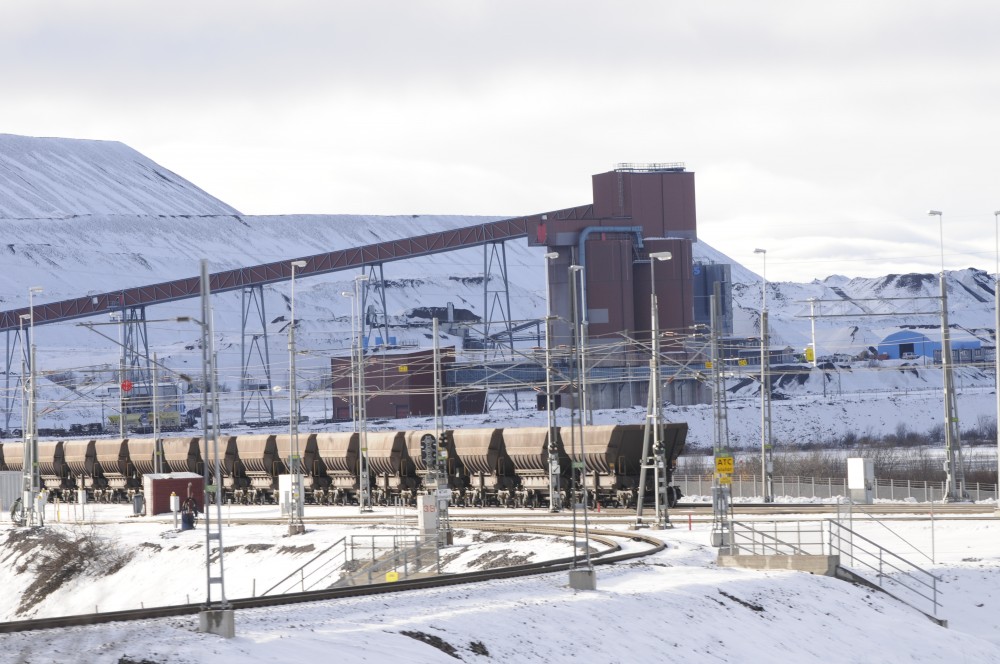Sweden’s iron miner LKAB delivers strongest earnings ever
The Kiruna-based metals company posted profits double what it earned in 2020.

Green technologies are set to drive northern Sweden’s economy to new heights, but meanwhile, values from mining bring income higher than ever before. Europe’s largest iron ore producer, LKAB in Kiruna, this week posted a historic high 26.9 billion kroner operating profit. That is more than a doubling from the 2020 profit.
LKAB delivered 27 million tons and the record-high profit for the most comes from higher prices for upgraded iron ore products.
“In 2021 we have delivered LKAB’s strongest earnings ever. As one of Sweden’s largest export companies we have strengthened the foundations for our important transformation and at the same time increased the dividend to our owner, the Swedish state,” said LKAB President and CEO Jan Moström in a prepared statement.
LKAB’s Board of Directors proposes to pay 12.4 billion in dividends, also more than a doubling compared with the previous year.
LKAB is part of an industrial cluster in northern Sweden with a goal of becoming the world leader at achieving carbon-free processes and products. Together with SSAB and Vattenfall, the iron-ore producer aims to bring the first-ever CO2-free steel to the market, using iron ore from the mines in Kiruna.
Steel production is set to start in 2024 and ramp up to 2.5 million tons by 2026 and further to a full 5-million-ton capacity by 2030.
At the mines, LKAB has a plan to invest 10 to 20 billion kroner annually over the next 15 to 20 years to cut carbon emissions.
Iron and steel industry count for 7 percent of all carbon dioxide emissions globally. By transforming production of iron and steel from the ore produced by LKAB, the company estimates a 35 million tons cut in global CO2 emissions. This corresponds to two-thirds of Sweden’s carbon dioxide emissions, or three times the impact as parking all cars in Sweden for good.